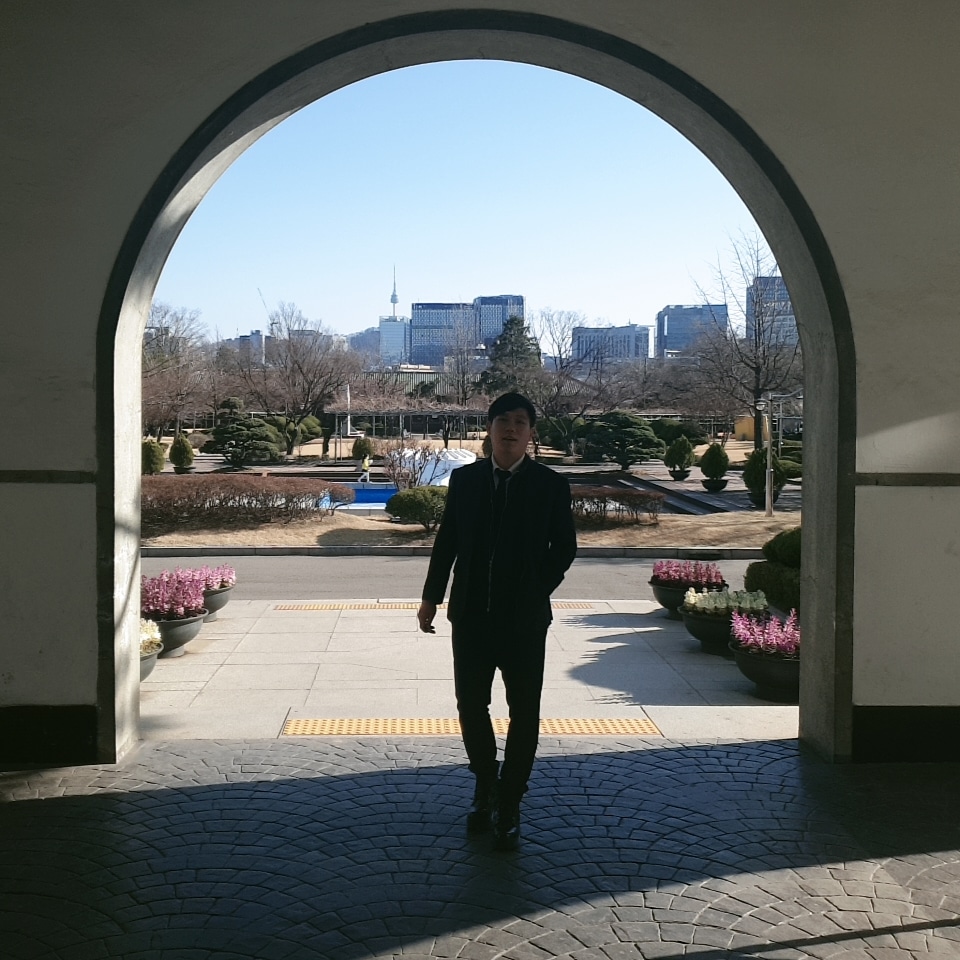3.Intensity transformations and spatial filtering
3.1 Background
3.1.1 The basics of Intensity transformations and spatial filtering -contrast stretching -thresholding function 3.1.2 About the examples -Enhancement is the process of manipulating an image so that the result is more suitable than the original for a specific application
3.2 Some basic intensity transformation functions
3.2.1 Image Negatives = The negative of an image with intensity levels in the range is obtained by using the negative transformation 3.2.2 Log transformations = It is a transformation to expand the values of dark pixels in a image while compressing the higher level value 3.2.3 Power -Law (Gamma) Transformations -Gamma correction is the process used to correct these power-law response phenomena 3.2.4 Piecewise Linear Transformation functions -Contrast stretching -Intensity - level slicing -Bit plane slicing
3.3 Histogram Processing
- The histogram of a digital image with intensity levels in the range is a discrete function ( h(r) = = k ) 3.3.1 Histogram Equalization - transformating intensity levels 3.3.2 Histogram Matching(Specification) - The method used to generate a processed image that has a specified histogram 3.3.3 Local Histogram Processing - It can detect hidden feature by dark area 3.3.4 Using Histogram Statistics for Image Enhancement - statics obtained directly from an image histogram can be used for image enhancement
3.4 Fundamentals of Spatial Filtering
3.4.1 The Mechanics of spatial filtering - Filtering creates a new pixel with coordinates equal to the coordinates of the center of the neighbor hood 3.4.2 Spatial Correlation and convolution - Correlation is the process of moving a filter mask over the image and computing the sum of products at each location -Convolution is a cornerstone of linear system theory 3.4.3 Vector representation of linear filtering - It is convenient for explaining the characteristics of a given linear filter 3.4.4 Generating spatial filter masks -Linear spatial filter -Nonlinear filter
3.5 Smoothing spatial filters
3.5.1 Smoothing linear filters -It is simply the average of the pixels contained in the neighborhood of the filter mask 3.5.2 Order statistic (nonlinear) filters -It is nonlinear spatial filters whose response is based on ordering the pixels contained in the image area encompassed by the filter and then replacing the value of the center pixel with the value determined by the ranking result
3.6 Sharpening spatial filters
3.6.1 Foundation First order derivatives σf/σx = f(x+1) - f(x) Second order derivatives σ^2f/σx^2 = f(x+1) + f(x -1) - 2f(x) 3.6.2 Using the second derivative for image sharpening Second order derivatives be used for image sharpening 3.6.3 Unsharp masking and highboost filtering Unsharp masking consist of the following step
- Blur the original image -> 2. Subtract the blurred image from the original -> 3. Add the mask to the original
3.6.4 Using first order derivatives for (nonlinear) image First derivatives in image processing are implemented using the magnitude of the gradient.




Leave a comment